Selecting the right pool pump fittings is paramount for achieving optimal performance in your swimming pool. Maintaining a hygienic, effective, and pleasurable swimming environment requires an understanding of how these parts work with the rest of the pool plumbing apparatus.
Failing to choose the correct fittings can lead to inefficiencies, increased energy costs, and even significant plumbing issues down the line. The complexities involved in pool plumbing equipment selection can create challenges for pool owners. This article aims to demystify the selection process by providing comprehensive insights into the various types of fittings available, how to choose the right ones, what maintenance practices to follow, and common pitfalls to avoid.
Understanding Components of Pool Plumbing Equipment
The plumbing system of your pool consists of several key components that work together to ensure effective water circulation and filtering. Each part plays an integral role:
Pumps: The main part of your pool system, pumps facilitate the movement of water through the filtration system, ensuring that your pool remains clean and clear. Maintaining water quality requires choosing a pump with the right flow rate.
Filters: These components remove impurities and debris from the water, playing a critical role in maintaining clear and safe swimming conditions. The filter must operate in harmony with the pump to ensure effective circulation.
Pipes: They connect the various components of your pool system and transport water between them. The diameter and material of pipes can impact flow rates and pressure within your system.
Fittings: These crucial elements, including pool pump connectors, ensure secure connections between pipes, pumps, and other equipment, preventing leaks and ensuring optimal performance.
Role of pool pump connectors
The purpose of pool pump connectors is to enable safe connections between different parts of your pool's plumbing system. They help maintain a tight seal, preventing leaks, which can lead to significant water loss and inefficiencies in your system. The integrity of these connectors is essential for the overall performance of your pool, as they directly impact water flow and pressure.
The Ultimate Guide To Pool Pump Parts: From Seals To Impellers
Types of Pool Pump Fittings
Understanding the different types of pool pump fittings available is essential for making informed choices about your system. Here’s a closer look at the common fittings you’ll encounter:
Various swimming pool pump fittings
Unions: These are essential for easy disconnection of equipment during maintenance. Unions allow you to remove a pump or filter without having to cut and reattach pipes.
Elbows: Used to change the direction of water flow, elbows are integral to managing space constraints within your pool area.
Tees: Three separate pipes can be joined together with these fittings to create numerous flow channels. They are essential for plumbing line branching.
Adapters: By allowing connections between various pipe types or sizes, these fittings guarantee system compatibility.
Materials used
Choosing the right material for your pool pump fittings can affect the longevity and efficacy of your overall plumbing system. Common materials include:
PVC (polyvinyl chloride): PVC fittings are a common option for residential pools because they are affordable, lightweight, and corrosion-resistant. Additionally, installing them is not too difficult.
ABS (Acrylonitrile Butadiene Styrene): This material is more robust than PVC and can endure higher temperatures, making it suitable for certain applications, particularly in regions with extreme weather conditions.
Metal fittings: These are often preferred for larger or commercial-grade pools due to their strength and durability. However, if improperly maintained, they could be prone to rust.
Compatibility considerations
When selecting your pool pump fittings, one of the essential considerations is compatibility with existing equipment. Mismatched fittings can create leaks and inefficiencies.
Ensure that the fitting sizes match your pipes and pumps to maintain water flow.
To avoid chemical reactions that can result in failures, make sure the components are compatible.
Calculating the Right Pool Pump Size
Selecting the correct pool pump sizes is critical for optimal pool performance. A properly sized pump enhances efficiency, conserves energy, and prolongs the lifespan of your equipment.
Importance of accurate sizing
While an excessive pump might result in higher wear and needless energy expenses, an undersized pump may find it difficult to deliver sufficient circulation. Accurate sizing is essential not only for efficiency but also for maintaining water quality and ensuring that the pool operates effectively.
Steps to calculate pool pump size
Calculating the appropriate pool pump size involves several key steps:
Determine pool volume: Use a pool volume calculator to assess your pool's total volume in gallons. Common formulas include:
For rectangular pools: Length x Width x Average Depth x 7.48 (for gallons)
For circular pools: (Diameter/2)² x π x Average Depth x 7.48 (for gallons)
Calculate desired turnover rate:
The turnover rate refers to how often you want the total pool volume to be filtered through the pump. A standard goal is to accomplish this every 8 hours.
For example, if your pool volume is 20,000 gallons, you would need a pump that can move around 2,500 gallons per hour (GPH).
Assess total dynamic head (TDH): TDH measures the total resistance the pump faces when water flows through the system. It includes factors like the vertical lift needed, the length of piping, and any bends and fittings that can create resistance.
To calculate TDH: Measure the vertical distance the water needs to rise (in feet). Add any additional friction loss based on the length and type of pipes, along with the fittings used.
Matching pump flow rate: Confirm that the flow rate of potential pumps aligns with your calculated GPH needs while taking TDH into account. Cross-reference this information with manufacturer data sheets for various pumps to choose a compatible model for your needs.
Selecting Appropriate Pool Pump Connectors
Choosing the right pool pump connectors is an integral part of ensuring an effective plumbing system. Significant leaks and inefficiencies may result from improper connector selection.
Identifying the correct pool pump connectors
When selecting pool pump connectors, consider the following:
Pump specifications: Check the specifications of your pump to identify compatible connector sizes and types.
Pipe specifications: Ensure that the connectors match the diameter and material of your pool pipes.
Quality matters: Invest in high-quality connectors to prevent issues such as corrosion or weakening over time.
Importance of using quality pool hose adapters
Quality pool hose adapters can enhance flexibility in your system, allowing for adjustments and providing reliable connections. Cheap, low-quality adapters can fail over time, leading to leaks and malfunctions.
Installation and Maintenance Tips
Certain best practices can optimize the installation of your pool pump fittings and ensure they perform effectively for years to come.
Best practices for installing pool pump fittings
Proper alignment and sealing techniques: Ensure that all fittings are perfectly aligned during installation. This includes checking that they are properly seated and sealed to avoid leaks.
Avoiding overtightening: Apply the right amount of pressure when securing fittings. Overtightening can lead to cracks, damage, or deformities in the fittings that may cause leaks.
Using appropriate sealants: Use Teflon tape, thread sealant, or gaskets as recommended to create airtight seals at joints and connections.
Common Mistakes to Avoid
Maintaining a successful pool plumbing system requires being aware of typical pitfalls.
Mismatching pool pump sizes: One of the most frequent errors pool owners make is mismatching pool pump sizes. An incorrectly sized pump can lead to poor circulation, high energy costs, and ultimately, a shorter lifespan for the pump itself.
Using incompatible pool pump connectors: Selecting incompatible pool pump connectors may result in weak connections that can leak and lead to costly damage. Always ensure a snug fit and compatibility in sizing and material.
Pool Pump Gaskets: Everything You Need to Know for Proper Maintenance
Routine Inspection and Maintenance
To increase the longevity of your swimming pool pump fittings, regular maintenance is essential.
Task | Details |
Condition of fittings |
|
Leak testing |
|
Routine cleaning |
|
Selecting the appropriate pool pump fittings is essential to guaranteeing your swimming pool's long-term effectiveness and performance. An efficient plumbing system can prolong the life of your equipment, improve water circulation, and lower energy expenses. By taking the time to calculate the appropriate pool pump sizes, understanding the various types of fittings available, and following best practices for installation and maintenance, pool owners can create a well-functioning pool environment. A seamless swimming experience throughout the year may be guaranteed by making an investment in high-quality fittings, routinely checking your plumbing, and seeking professional assistance when necessary. UsaPoolShop offers essential pool equipment replacement parts, including valves, O-rings, pressure gauges, and plumbing fittings from top-selling manufacturers
FAQs
Which material works best for pool pump fittings?
PVC fittings are typically the best choice for residential pools due to their lightweight, corrosion-resistant properties. ABS is another durable option for higher temperature conditions, while metal fittings are preferred for larger commercial pools due to their strength.
How frequently should I inspect the fittings on my pool pump?
It's best to do a comprehensive check before the swimming season starts and to check your pool pump fittings at least once a month. If your pool experiences heavy use, increase the frequency of these checks
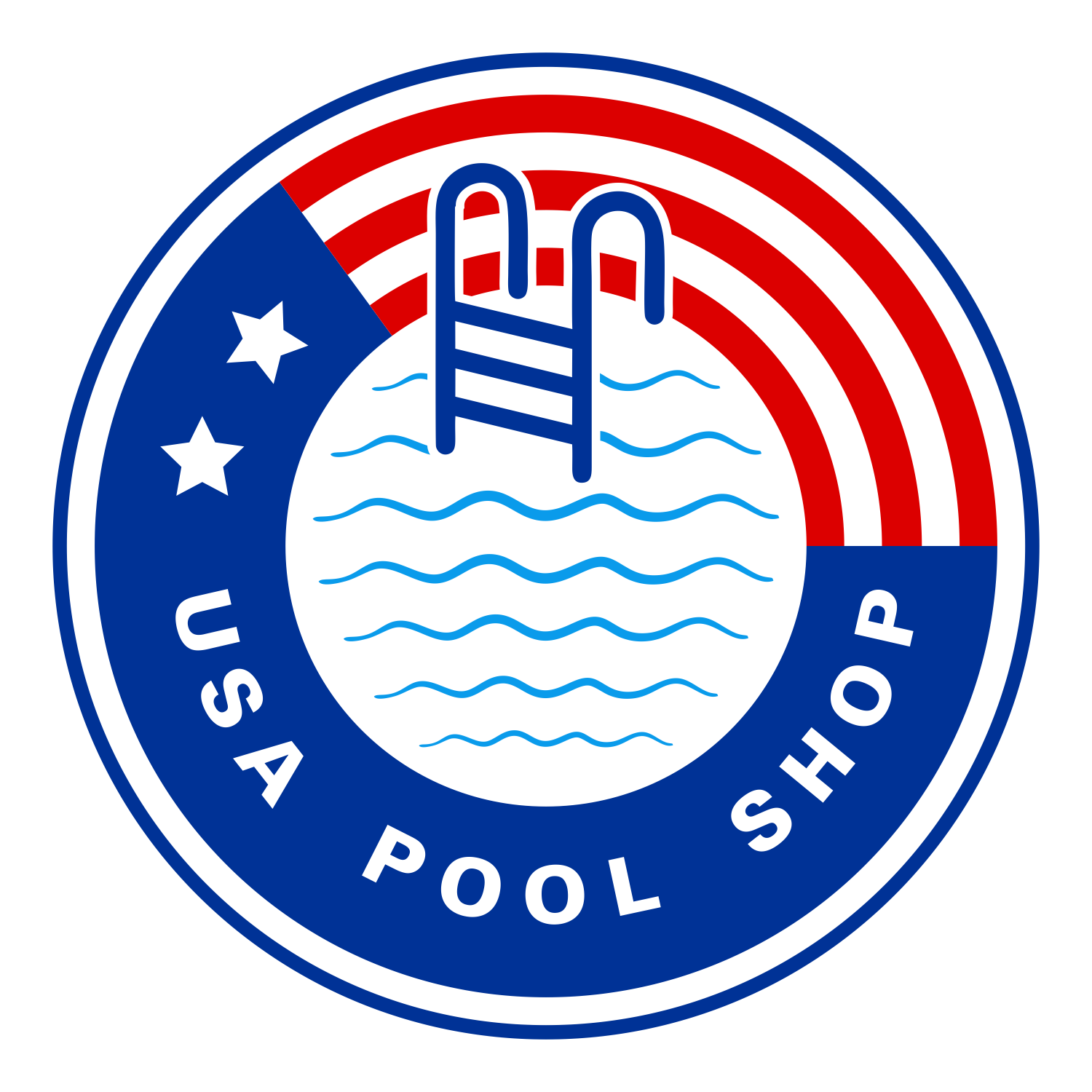
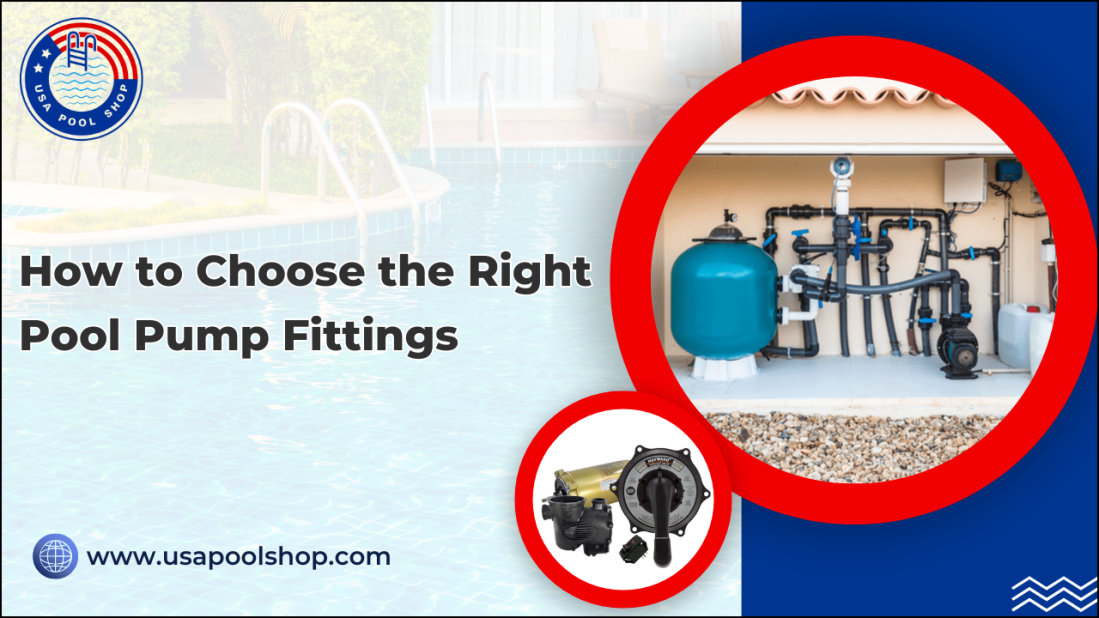


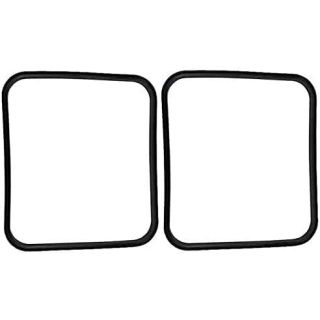
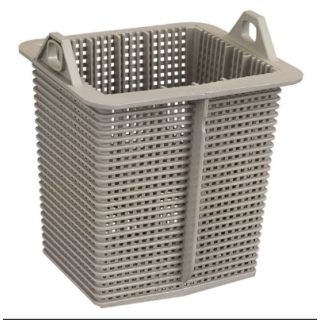
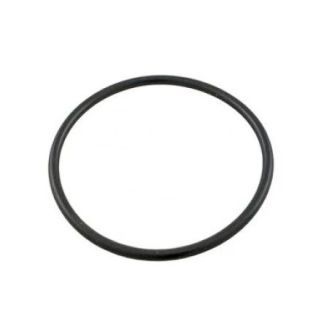
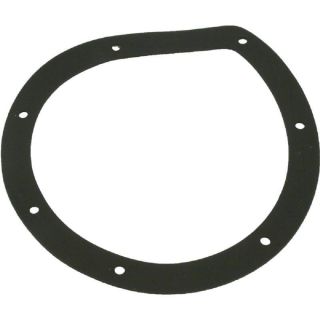
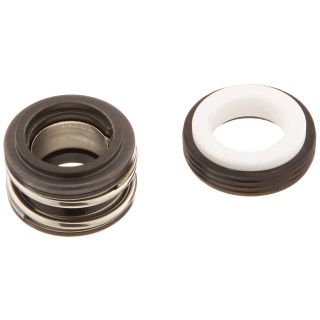
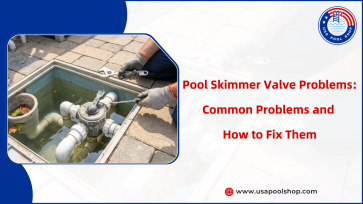

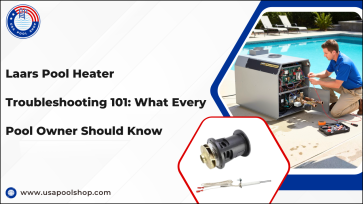
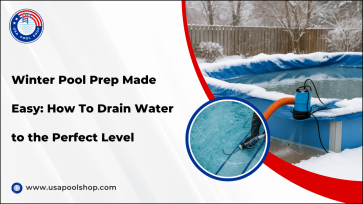

Validate your login